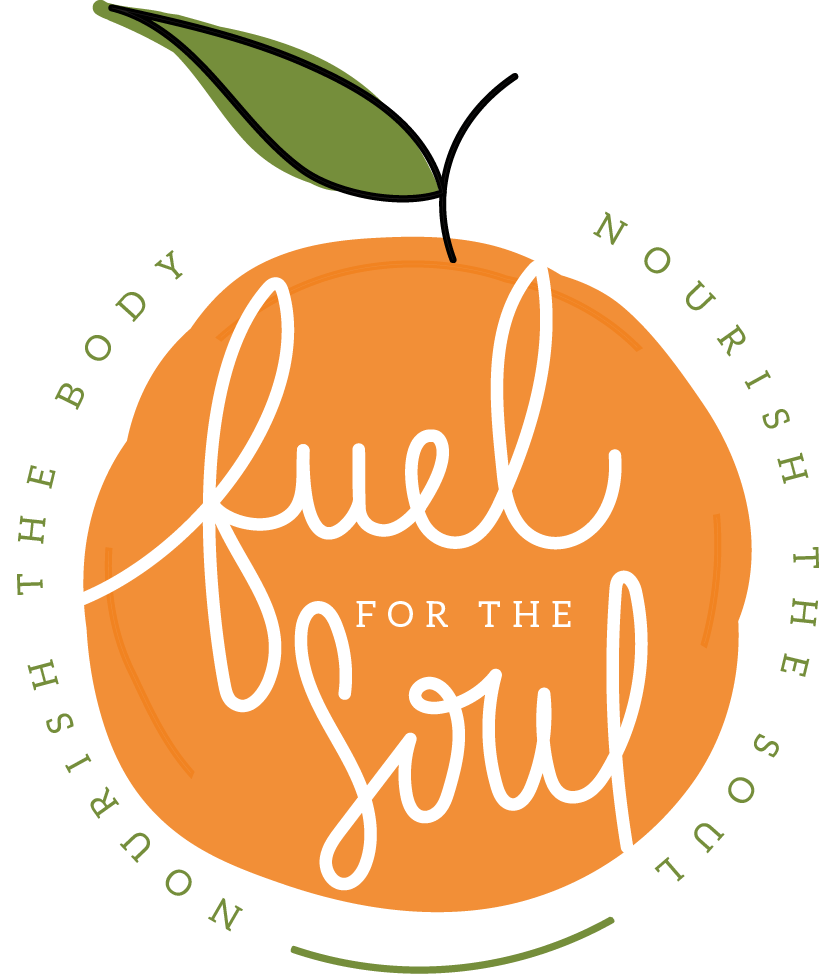What if I told you there was a vitamin that plays a role as an antioxidant and a fat-soluble vitamin? I’m talking about vitamin E, which is important for proper function of many organs, enzymatic activities, and neurological processes. Read on to learn more about the countless health benefits of vitamin E and how to easily increase your intake in a tasty way.
This week’s Nutrients by the Alphabet: Vitamin E
That’s right, in this new series – Nutrients by the Alphabet – you will learn all about important nutrients (vitamins, minerals, and antioxidants), their health benefits, and easy and delicious ways to get more of the good stuff with a fun recipe to try each week (courtesy of my awesome student-intern from Brooks DeBartolo Collegiate High School – Shelby Persechino)!
So, what are the health benefits of Vitamin E?
Consuming vitamin E-rich foods has been found to be associated with several health benefits. Vitamin E can help balance cholesterol by serving as a protective antioxidant that fights cholesterol oxidation. In fact, Vitamin E is such a powerful antioxidant that is has the ability to reduce free radical damage, fight inflammation, help naturally slow aging in your cells, and fight off health issues like heart disease. Vitamin E can balance your hormones by balancing your endocrine and nervous system. Vitamin E improves your vision and physical endurance and muscle strength. And did you know that vitamin E can help repair damaged skin by strengthening the capillary walls and improving moisture and elasticity, acting as a natural anti-aging nutrient within your body? How awesome right?!?!
So, how much Vitamin E do you need and where can you find it?
Unfortunately, Vitamin E is very dangerous when taken in high amounts, so the Tolerable Upper Limit (UL) that is recommend is 1,100 – 1,500 IU for adults. Therefore, the RDA for Vitamin E for adults is 15 mg or 22.5 IU, which is far lower than the UL and can be easily achieved through a diet rich in Vitamin E food sources. Vitamin E is found only in plant foods such as coconuts, sunflower seeds, almonds, hazelnuts, wheat germ, mango, avocado, butternut squash, broccoli, spinach, kale, kiwi, tomato, etc.
Looking for a recipe that will increase your Vitamin E intake? Here is a healthy, easy guacamole recipe from Fitness Blender.
Now that’s a quick and delicious snack for a hot afternoon in Florida (where it is still 80 degrees in November!)!


